Dans la même rubrique
Publié le 12 mai 2023
–
Mis à jour le 12 mai 2023

Date(s)
le 12 mai 2023
Vendredi 12 mai 2023, l'équipe Tech-CICO de l'UR LIST3N accueille Catherine Letondal de l'ENAC, Toulouse, qui viendra discuter de travaux en cours dans le domaine de l'Interaction Humain Machine, avec des passerelles vers la philosophie.
Inter-faces as a medium: from sur-faces to trans-faces.
A conceptual framework and a design tool to help designers frame interaction spaces from surface-bound to surface- free interaction.
We propose the concept of "transface" as a new concept to unify surface-bound and surface-free interfaces. The transface concept considers an "inter-face" not as an object but as a relation, as a medium, through which interaction occurs. A transface has five dimensions that we discuss in the paper: alterity because, as a medium, the transface establishes a relation with something other than itself, and the operations it enables. Being a relation, a transface is perceived only by its effects: as a traversable with flows that traverse it, providing a traversal experience. We present an exploration of the trans-face concept with concrete examples from the literature and interviews with five designers. Finally, we propose ten design cards on transface concerns, to help HCI designers explore relevant questions when designing surface-bound and surface-free interfaces. Studies with six designers confirmed its usefulness for unifying interaction spaces and for refinement.
A conceptual framework and a design tool to help designers frame interaction spaces from surface-bound to surface- free interaction.
We propose the concept of "transface" as a new concept to unify surface-bound and surface-free interfaces. The transface concept considers an "inter-face" not as an object but as a relation, as a medium, through which interaction occurs. A transface has five dimensions that we discuss in the paper: alterity because, as a medium, the transface establishes a relation with something other than itself, and the operations it enables. Being a relation, a transface is perceived only by its effects: as a traversable with flows that traverse it, providing a traversal experience. We present an exploration of the trans-face concept with concrete examples from the literature and interviews with five designers. Finally, we propose ten design cards on transface concerns, to help HCI designers explore relevant questions when designing surface-bound and surface-free interfaces. Studies with six designers confirmed its usefulness for unifying interaction spaces and for refinement.
mise à jour le 12 mai 2023


